How do you re-do the insulation on a old cabin from the outside?
I'm planning on stripping the outside walls right to the studs in an old cabin in cold/very cold climate. It will be heated once a week in winter. There is no vapor barrier right now in the walls. Is it OK to install polyethylene on the backside of the studs, then adding fiberglass mats, finishing with Tyvek, furring and wooden exterior. Usually the vapor barrier is installed on the INSIDE of the studs, not on the outside. Any molding risks ?
Thanks !





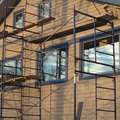


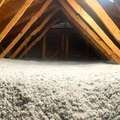
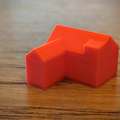





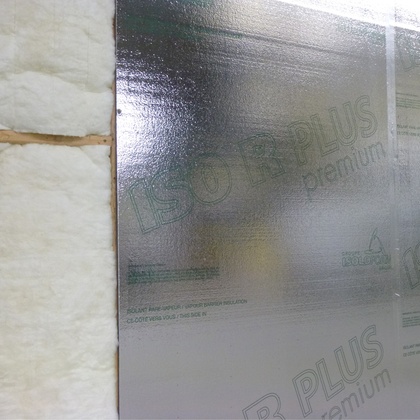
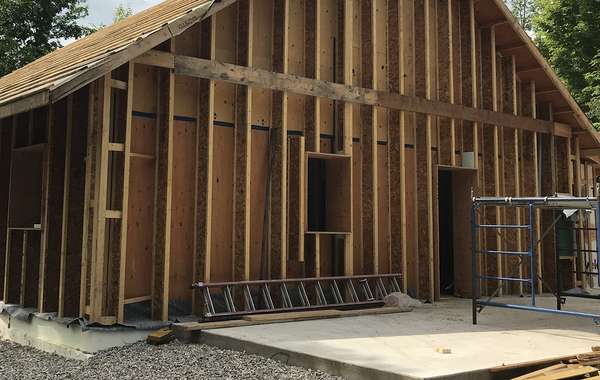
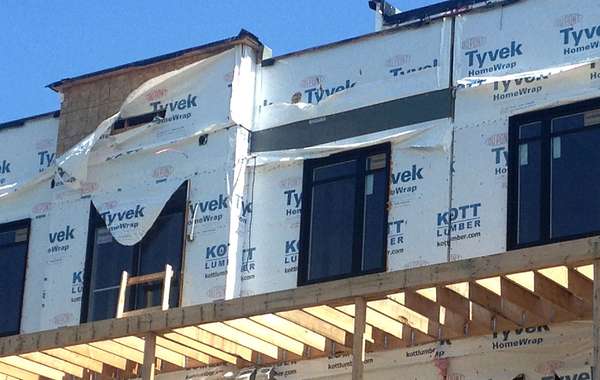
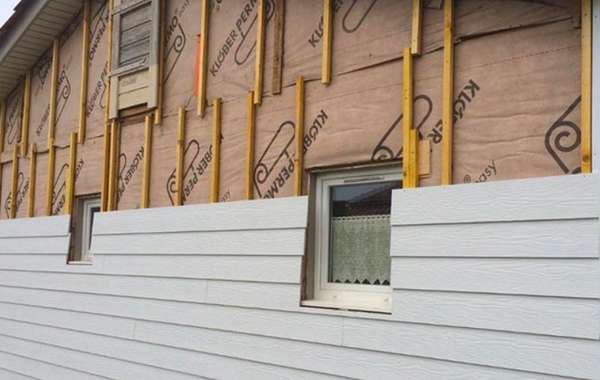
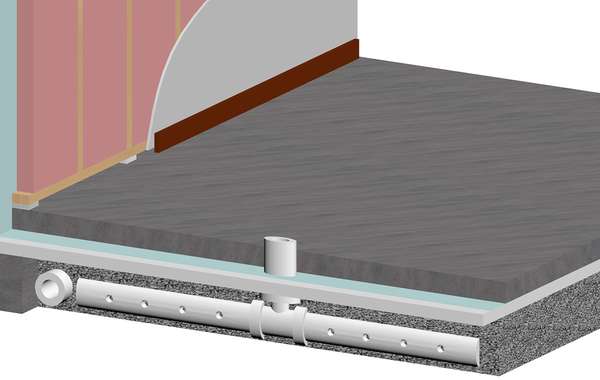
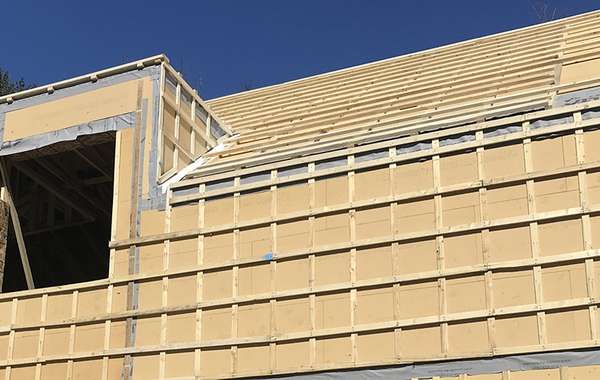
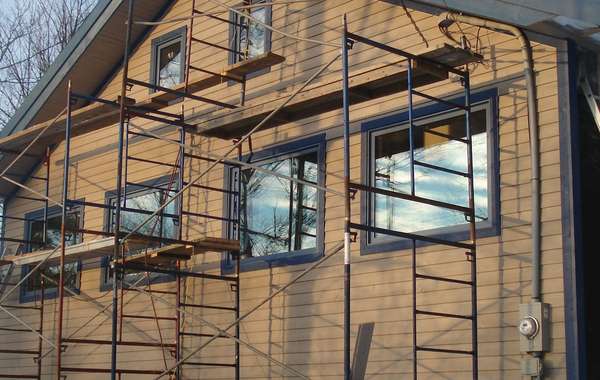
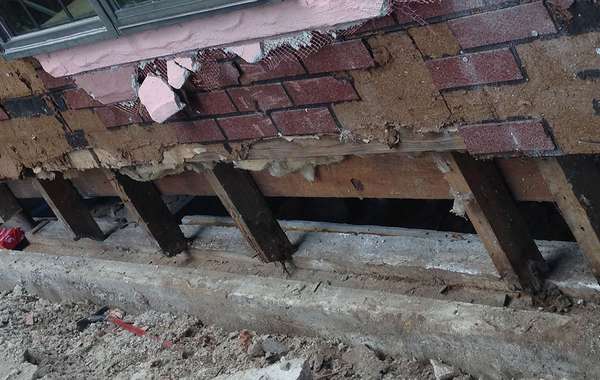
Yeah, There is a big risk of mold the way you describe it. A vapor barrier needs to be installed on the warm side of the insulation. Putting a vapor barrier on the cold side of insulation means that warm humid air migrating through the wall will be stopped, it will then freeze, so in the spring you will have a ton of water in there. First have a look at this page here about how the control layers (thermal barrier, vapor barrier and air barriers) work in a wall -
Building science made easy video– How to design walls that work properly
Since you are going about this backwards, meaning building from the outside, I assume you have finished interior walls you don’t want to mess with, is that a correct assumption? It’s for sure trickier, but no impossible to do this properly. There are a couple of options I would suggest, the first and easiest - you can spray foam your walls from the outside, then re-apply sheathing, a weather barrier (WRB) then exterior siding. We don’t usually recommend spray foam, but for a small cabin from the outside it may be the best solution. If that isn’t an option (meaning – if your cabin is so remote you can’t get a spray foam installer) then I would do what you have to do to get a vapor barrier in there. This is less than less than ideal, but you could apply the vapor barrier first (going in and out over the studs) then install the insulation afterwards followed by sheathing , WRB and siding.
Here are a few pages I think may be of value to you, check them out and then let us know if you have more questions –
Choosing the right weather barrier WRB
Spray foam insulation with eco-friendly safer blowing agents with low greenhouse gas emissions
How to install siding so walls can dry
The way you describe the vapor barrier is what I had in mind. It would still be on the warm side of the insulation, but on the outside of the studs instead of inside like usual. That was the area of concern (the studs).
Ok, Great to hear. with a re-read it makes more sense, glad we're in agreement! Best of luck with it Raphael.